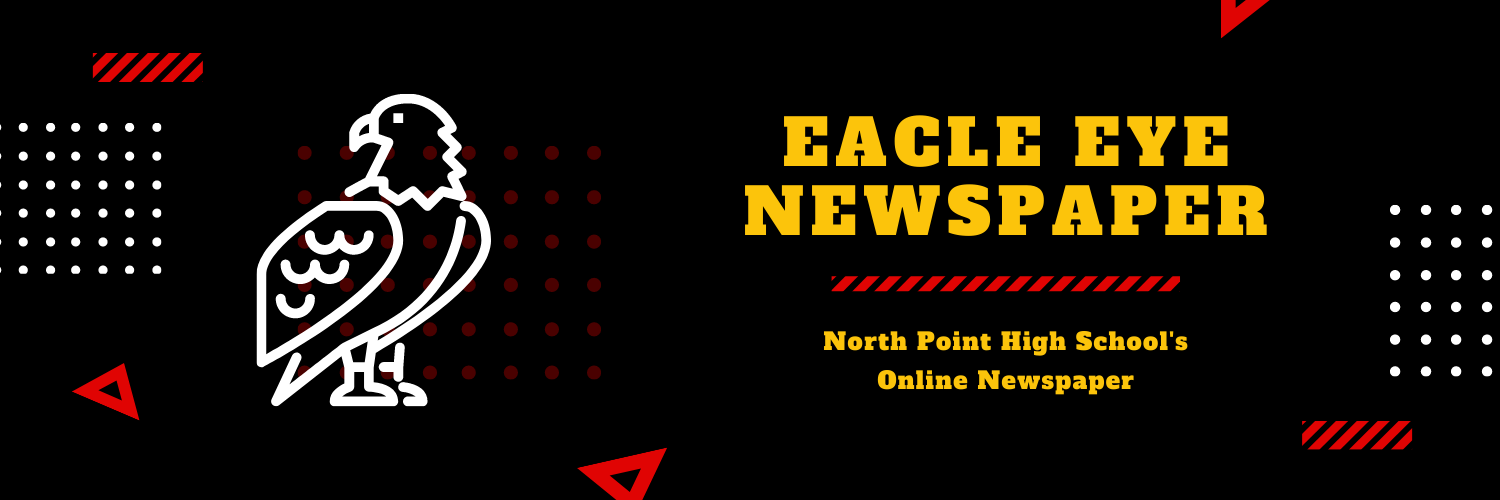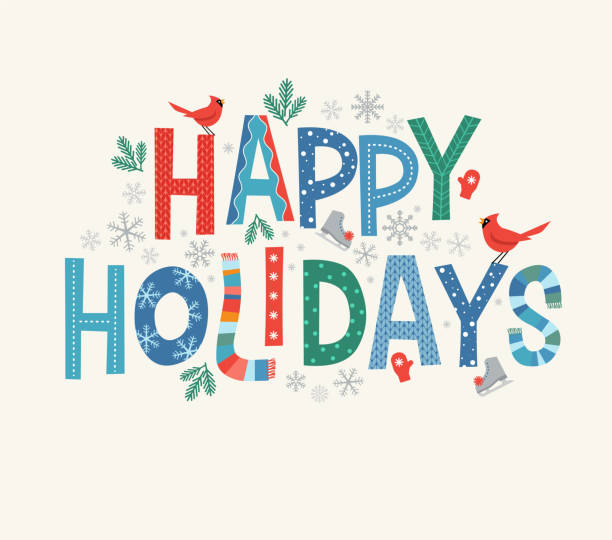All About the Holidays
Colorful lettering Happy Holidays with decorative seasonal design elements. For banners, cards, posters and invitations.
Typically, the month of December has been associated with Christmas. However, the holidays are not just all about Christmas. We want to highlight all the other amazing holidays such as Kwanzaa, Hanukkah, Las Posadas, Winter Solstice, and more.
Kwanzaa, celebrated from December 26, 2021 to January 1, 2022, is an annual celebration of African-American culture and life. On the sixth day of Kwanzaa, a communal feast is held, called Karamu. Kwanzaa is primarily an African American holiday and is celebrated both in and outside of the United States. This holiday is nonpolitical and nonreligious, and it is not a Christmas substitute! The name of Kwanzaa and the celebration were created in 1966 by a professor of Africana studies at California State University, Maulana Karenga. Kwanzaa comes from the world kwanza which means ‘first’ in Swahili. The entire Swahili phrase that Kwanzaa originated from is matunda ya kwanza.
There are seven principles of Kwanzaa, each of which have a day dedicated to them. In order the principles are unity, self-determination, collective responsibility, cooperative economics, purpose, creativity, and faith. Along with the principles, there are seven symbols of the holiday: fruits, vegetables, nuts, a straw mat, a candleholder, ears of corn, gifts, a communal cup, and seven candles in the African colors; red, green, and black. Each day of Kwanzaa, the family comes together to light one of the candles and discusses the principle of the day.
Next is Hanukkah. This is a Jewish festival that begins on November 29. This festival is celebrated for eight days, ending on December 6. The festival reaffirms the ideals of Judaism and commemorates the rededication of the Second Temple of Jerusalem by lighting the candles on each day of the festival. Hanukkah is widely celebrated and is one of the more popular Jewish religious observances.
The tradition of lighting candles at Hanukkah was only established shortly after Hanukkah started. The practice is enshrined in the Talmud, the central text of Rabbinic Judaism and primary source of Jewish religious law and theology. According to the Talmud, Judas Maccabeus entered the Temple and found a small jar of oil, enough to burn for only one day, yet lasted eight days, setting the length of the festival. The tradition of lighting the menorah is the most important during Hanukkah. Each evening, one candle is lit until all eight are burning on the last evening. Blessings are also offered. Following with more traditions, there are many nonreligious ones, festive meals, songs, games, gifts, and more.
Next, we will talk about Las Posadas, a religious festival celebrated in Mexico and some parts of the U.S. The festival spans from December 16 to December 24. The festival commemorates the journey that Joseph and Mary made from Nazareth to Bethlehem.
During each evening of the festival, a child will dress as an angel and lead a procession through the town, made up of more children dressed in robes of silver and gold. Candles and pictures of Mary and Joseph are carried as well. Adults follow and ask for lodging for Joseph and Mary, they are refused as part of the procession and people stop to sing Christmas carols and read passages of scripture. Mass is held after procession. At the very end, children can break open pinatas filled with various goodies.
The last holiday we will touch on is Winter Solstice, which is not so much a holiday as it is just a natural event. Winter Solstice occurs two times. We will focus on the one where the sun travels the shortest path in the sky, which occurs around December 21-22. During this Winter Solstice, there is the least amount of daylight and the longest nighttime. After the solstice occurs, the days are longer and has thus been considered a time of rebirth in many cultures. There are many different traditions for Winter Solstice, some traditions include festivals, feasts, singing, dancing, fires, gatherings, etc.
In Japan, Winter Solstice is called Toji. Kabocha is eaten as a tradition along with a hot bath filled with yuzu citrus fruits is taken. The bath is taken to refresh the body and spirit, ward of illness, and soothe dry skin caused by the chilly winter. Some zoos will also throw the yuzu fruit into the waters of capybaras so they too can soak. In Guatemala, they celebrate the Santo Tomas Festival. During this time, people will wear bright, traditional costumes as masks. People will celebrate in parades with fireworks and music. The highlight of this festival is the flying pole dance where people climb on a 100-foot pole, tie a rope, and jump off the top!
Finally, Christmas is still an immensely popular holiday around the world. Different countries have different Christmas traditions. For example, in Iceland, they celebrate 13 days of Christmas, and children are visited each night by the 13 Yule Lads. They place their shoes by the window and in the morning, they receive candy if they are good and rotten potatoes if they are bad. Christmas is also a secular holiday, so people frequently see atheists celebrating the holiday with family.
Overall, it is amazing to see all the different holidays that are celebrated by different religions, cultures, countries, etc. Learning about the holidays and traditions that come along with it gives people a bigger perspective and shows that it is not just all about Christmas!



